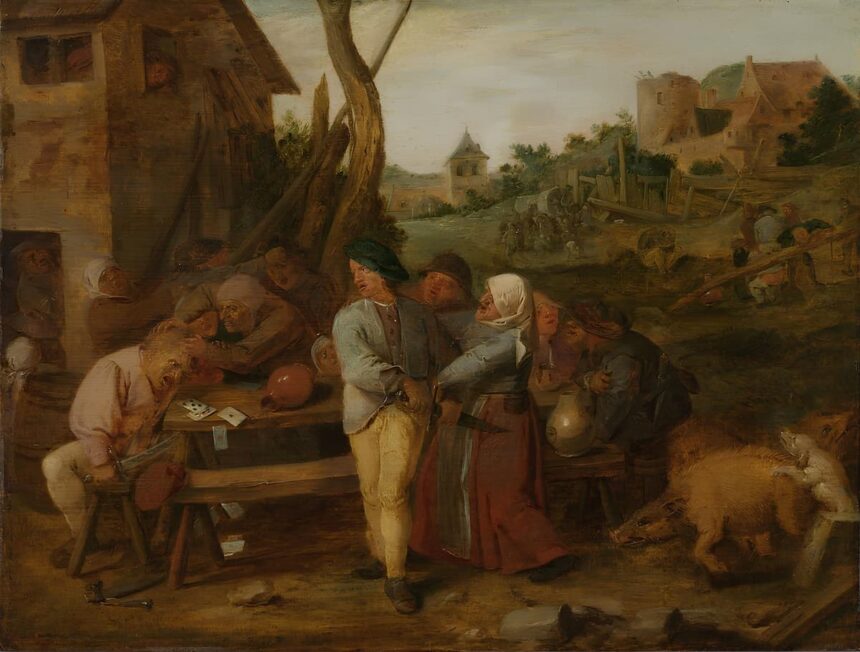7 Strange Things Believed in the Middle Ages
Bulls with built-in flamethrowers, worms as punishment for sins, and heartless witches who take away the most important things from men.

Bulls with built-in flamethrowers, worms as punishment for sins, and heartless witches who take away the most important things from men.

